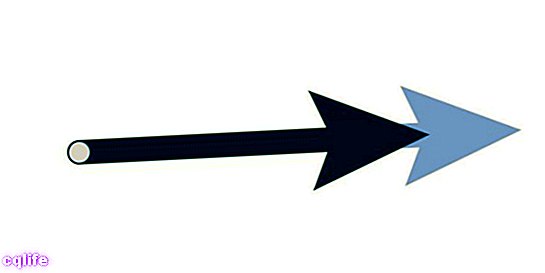We explain what a null angle is in geometry, its characteristics and examples from everyday life. Also, other types of angles.

What is a null angle?
In geometry, it is known as angles null to those whose opening does not exceed 0 ° sexagesimal. This means that they do not really have an aperture, since their sides are two coincident rays, that is, they do not have any distance to separate them.
It is possible to say that a null angle is a non-existent angle, since there is no possible aperture and only a ray can be seen. However, because a moving angle could close enough to reach 0 °, it is important to be able to contemplate this as a possible scenario.
Characteristics of null angles
Null angles, as we have said, are characterized by:
- They do not exceed 0 sexagesimal opening, so their sides coincide in the same ray.
- They do not have any opening, so they have a value equal to zero.
Examples of null angles
A compass only forms a null angle when it is closed.To better understand null angles, we can think of the following examples from everyday life:
- A fan, when fully opened, exceeds 90 ° opening, reaching an obtuse angle. But when its leaves are completely closed, they overlap and form an angle of 0 °, that is, zero.
- The needle and the graphite of a school compass, when closed, come into contact and are considered at a zero angle, although strictly speaking the two parts do not really overlap. But the separation is so minimal that it is considered non-existent.
- When the blades of a scissor are completely closed, their angle becomes 0 °, that is, zero, since the two pieces of metal overlap.
Angle types
Along with null angles, there are four other classifications of angles, which are as follows:
- Right angles, those that have an aperture of exactly 90 ° sexagesimal (that is, whose sides are perpendicular to each other).
- Obtuse angles, those that have an aperture greater than 90 ° sexagesimal (that is, they are more open than right angles).
- Acute angles, those that have an aperture of less than 90 ° sexagesimal (that is, they are less open than right angles).
- Flat angles, those that have an aperture of 180 ° sexagesimal and whose sides are consecutive lines, which overlap at the vertex.
